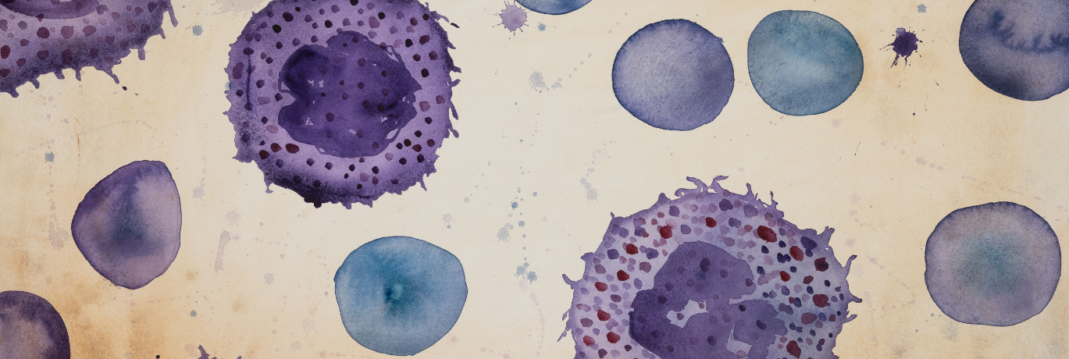Regulated expression of fibronectin, laminin and related integrin receptors during the early chondrocyte differentiation
Tavella S, Bellese G, Castagnola P, Martin I, Piccini D, Doliana R, Colombatti A, Cancedda R, Tacchetti C.Journal of Cell Science, 1997
Here, the authors investigate the expression and localization of fibronectin, laminin, and their receptors, and we used an in vitro chick chondrocyte differentiation model to define a time hierarchy for their appearance in early chondrogenesis and to determine their role in the cell condensation process. They show that fibronectin contributes to the initial cell-cell interactions that occur during condensation. In later stages, downregulation of both fibronectin and of its a5b1 integrin receptor occurs, as demonstrated by mRNA and protein kinetics. Immunolocalisation studies suggest that the reduction of fibronectin in discrete areas is involved in local activation of the cell differentiation program. Furthermore, we show that laminin is expressed during the in vitro cell condensation process in areas that are negative for fibronectin staining. The types of laminin, as well as the timing of expression, have been determined by northern blot and RT-PCR analyses. The highest levels of expression are coincident with maximal cell aggregation. Our data show that the a1, b1, and g1 mRNAs are maximally expressed at the higher level of cell aggregation, and progressively decrease during the differentiation to stage I chondrocytes; stage II hypertrophic chondrocytes express only low levels of g1. We do not exclude the possibility that other forms of LN, for which chick specific probes are not yet available, may also be expressed. The increase in a1, b1, and g1, LN mRNAs is paralleled by a switch in the isotype of a6 integrin subunits synthesized, from B to A. Immunolocalisationstudies suggest that laminin is involved in the definition of differentiating areas as opposed to non-differentiating areas of the condensed region, i.e. the periphery, which eventually gives rise to the perichondrium.

Talk to our team for customized support
We are here to help you in your journey.